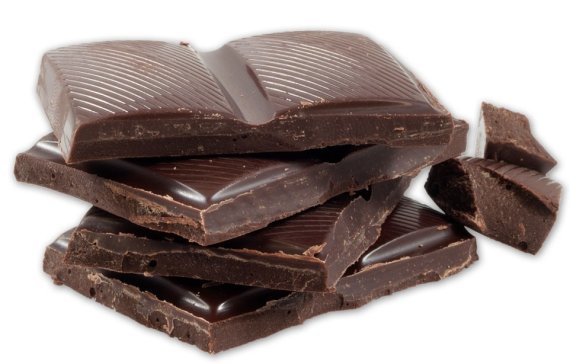Acierno analysed 90 different kinds of dark chocolate available in Dutch shops. The chocolate bars were from eight different brands, and the bean species varied – criollo, forastero or trinitario – as did their origins. The researcher ground up the chocolate bars, put them into airtight jars, waited a while and then put air from the jars through the mass spectrometer. For each type of chocolate this produced a pattern of 136 peaks, with each peak representing a certain aromatic substance. Acierno then used statistical techniques to expose differences and similarities in the enormous quantity of mass spectrometer data she had obtained. This enabled her to trace the aroma pattern of the chocolate to its botanical and geographical origins.
According to professor of Food Authenticity Saskia van Ruth, one of the co-authors of the publication, this is a promising approach for future authenticity research. Price differentiation based on bean species or origins can make fraud with chocolate tempting. ‘The criollo is the king of the cocoa beans and fetches a higher price. And its geographical origin is seen as carrying added value too.’ Currently however, there is no validated process ready for regulatory organizations such as the Dutch Food and Consumer Product Safety Authority. Van Ruth: ‘If you want to use this as a law enforcement method you must first expand your database because it has to be able to stand up in court.’

